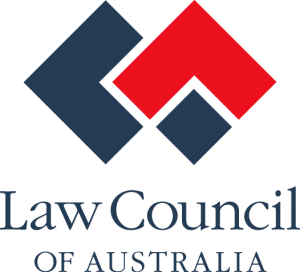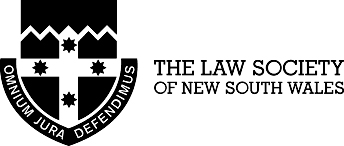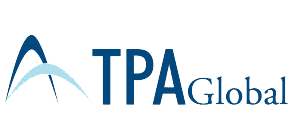- TAX LAWYERS, TAX ADVISORY, TAX COMPLIANCE, EXPATS - SYDNEY, BRISBANE, MELBOURNE, CANBERRA
- 1300 334 518
- admin@waterhouselawyers.com.au
Superannuation: SMSF – LRBAs – Non-arm’s length income
Superannuation
Superannuation: SMSF – LRBAs – Non-arm’s length income
One of the benefits of a Self-Managed Superannuation Fund (SMSF) is the 15% tax rate. However if income is ‘non-arm’s length’, the income will be subject to tax at the highest marginal rate of 45% (and for the 2015 – 2017 financial years an additional 2% tax will be added because of the budget repair levy).
Members must therefore be wary of any income that can be categorised as ‘non-arm’s length’ to avoid the substantially higher tax on such income.
An limited recourse borrowing arrangement (LRBA) which has been sourced from members is potential non-arm’s length hazard.
What is an LRBA?
Under an LRBA, an SMSF’s trustee may borrow money to acquire an asset on the condition that the lender only have recourse in the event of default to the asset acquired using the funds borrowed. While the borrowing remains outstanding (unpaid), the asset is to be held on trust so that the SMSF trustee acquires a beneficial interest in that asset. The trust that holds the legal title to the asset under an LRBA is referred to as a ‘holding trust’, which in many cases is a related trust of the SMSF.
The non-arm’s length problem arises where the purported loan is not at commercial rates.
Non-arm’s length income – Non commercial loan
A recent ATO Interpretative Decision found that the loan between the lenders (the members) and the SMSF was not at arm’s length because the loan was at 0% interest. Accordingly, the income derived by the SMSF as the beneficiary of the holding trust under an LRBA, is non-arm’s length income and subject to tax at 45%.
The Facts
In the 2014 income year, the corporate trustee of the SMSF (the borrower) borrowed approximately $500,000 from the SMSF’s two members (the lenders) to acquire commercial real property for the benefit of the SMSF under an LRBA. The term of the loan was 15 years at 0% interest, and the SMSF corporate trustee was required to make periodic monthly repayments.
The asset is held on trust for by the the holding trust (a related party) for the SMSF corporate trustee, and is thus the legal owner of the asset until such time as the loan is repaid.
Importantly, the lenders, directors and shareholders are all related parties.
The beneficial interest of the SMSF corporate trustee in these assets is vested in possession.
Upon construction of the holding trust’s deed, the SMSF’s entitlement to the income of the holding trust as a beneficiary does not depend upon the exercise of the holding trust corporate trustee’s, or any other person’s discretion. Consequently, the Commissioner was satisfied that the SMSF derives income as a beneficiary through the holding of a ‘fixed entitlement’ to the income of the holding trust. At first glance, the income derived by the SMSF corporate trustee in its capacity as beneficiary of the holding trust, would not be classified as ‘non-arm’s length income’ because of its fixed entitlement to the income (s. 295-550 (4) ITAA97).
However, where a scheme has been used to acquire its fixed entitlement or to derive income, and the amount of the income is more than the amount that the SMSF might have been expected to derive had the parties been dealing with each other at arm’s length, then the income is non-arm’s length in nature.
Here, the scheme included the establishment and operation of the loan and the holding trust to give effect to the LRBA. This in turn resulted in the SMSF acquiring its fixed entitlement to the income of the holding trust, of which rental income was derived.
As the two individuals were engaging with each other in different capacities (members, directors, shareholders and lenders), the Commissioner was satisfied that the parties were not dealing with each other at arm’s length in relation to the scheme, principally because the interest rate was 0%, thereby providing no means of compensation for the lenders’ inability to use their capital over the substantial term of 15 years.
In addition to this, the amount of income derived by the SMSF through holding a fixed entitlement is more than the amount that the SMSF was likely to derive if the parties had been dealing at arm’s length.
Accordingly, the income derived by the SMSF as a beneficiary of the holding trust was considered to be non-arm’s length income and thus subject to the highest marginal tax rate.
Other Impacts of LRBAs
Where a holding trust of an LRBA is a ‘related trust’, any investment in such a related trust is considered to be an ‘in-house asset’ of the SMSF. Therefore, unless an exception applies, members must be aware of whether their LRBA will create an in-house asset, as civil and criminal penalties may apply if the value of the SMSF’s in-house assets exceed the 5% limit.
Message: If your SMSF enters into an LRBA make sure that the rate of interest under the loan is at commercial rates.
Credentials
Recognition





